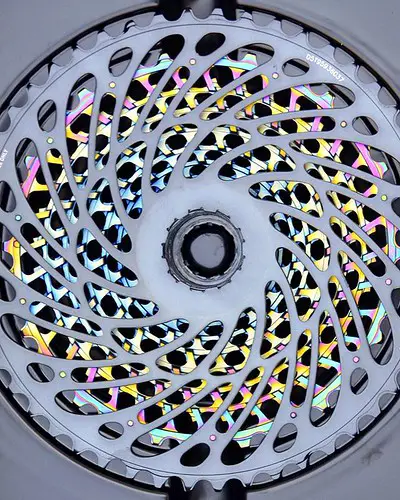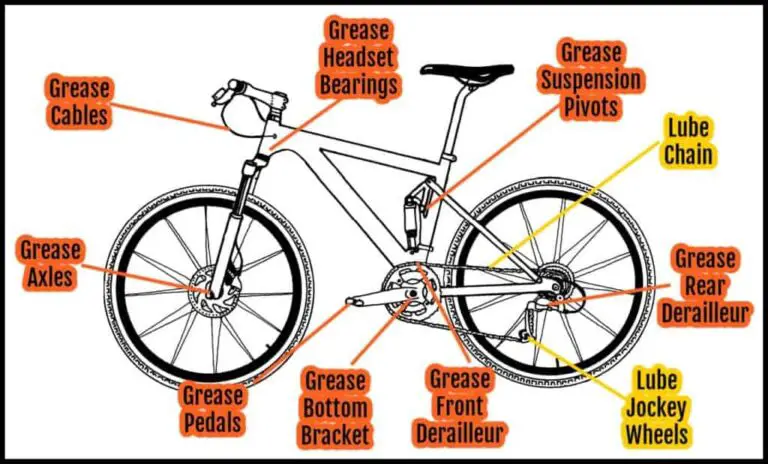When to Replace Your Mountain Bike’s Chain and Cassette
For mountain biking enthusiasts, knowing when to replace key components isn’t just about ensuring your ride is at its peak performance—it’s about safety, efficiency, and cost-effectiveness. Among the most critical parts of your two-wheeled companion are the chain and cassette, the diligent service of which can significantly extend the life of other crucial components.
In the relentless terrain of the trails, your chain and cassette undergo tremendous wear and tear, and recognizing the signs of this is essential. This guide is designed to help you, the intrepid biker, understand the optimal life cycles of these components and provide insights into the decision-making process behind their replacement.

Signs of Wear
From the battle scars of repeated rides, your mountain bike’s chain and cassette will begin to show telltale signs that indicate a need for attention.
Chain Stretch Indicators
One of the most palpable signs that your chain may be ready for replacement is elongation, commonly referred to as ‘chain stretch.’ This is a result of the chain’s pins and bushings wearing down, causing the overall length of the chain to increase. Tools exist to measure chain stretch, with 0.5% being the generally accepted threshold beyond which replacement is advised.
Cassette Wear Signs
A worn cassette can manifest in several ways. The most noticeable is ‘shark-tooth’ type wear, where the teeth take on a pointed and hooked shape, adversely affecting the function of the chain and the overall drivetrain. It can also lead to ‘chain suck,’ where the chain fails to disengage from the teeth smoothly, exacerbating wear further.
Frequency of Replacement
Understanding the regularity at which to replace your chain and cassette is crucial in maintaining your bike’s performance and longevity.
General Guidelines
While there isn’t a one-size-fits-all answer, a rule of thumb is to replace your chain every 1,500 to 2,000 miles. The cassette, which wears more slowly but is adversely affected by a worn chain, typically lasts three chains or 10,000 miles, though these numbers can vary significantly based on usage and environmental conditions.
Factors Affecting Wear Rate
Several factors can impact the lifespan of your chain and cassette, including the type of terrain you ride on, your maintenance routine, and even the cleanliness of your gear system. Riding in muddy or sandy conditions, for example, can significantly shorten their lifespan due to increased abrasion and contamination.
Benefits of Timely Replacement
The rewards of vigilantly maintaining your chain and cassette are numerous, extending beyond mere component life.
Performance Improvement
Worn chains and cassettes lead to decreased performance, most notably in the form of slippage and poor shifting. By replacing these elements in a timely manner, you’re essentially revitalizing your bike’s drivetrain, ensuring smoother, more precise gear changes and power transfers to the wheels, which is invaluable on challenging trails.
Preventing Damage to Other Components
The chain and cassette are critical parts of a complex ecosystem. A worn chain, left unchecked, can accelerate wear on the front chainrings and rear derailleur by transmitting uneven force. A neglected cassette, meanwhile, can cause premature wear on a fresh chain. By replacing them judiciously, you’re protecting the integrity of other, more expensive components that depend on them.
Maintenance Tips
Good maintenance isn’t just about replacements; it’s about proactive care that can significantly influence the lifespan of your chain and cassette.
Cleaning and Lubrication Practices
Routine cleaning of your chain with a degreaser to remove dirt and old lubricant, followed by proper reapplication of a high-quality lubricant, can work wonders. The use of specific chain lubricants optimized for mountain biking is highly recommended, as these often provide greater protection against the harsh conditions your bike endures.
Regular Inspection Routine
In addition to cleaning and lubrication, make it a habit to inspect your chain and cassette for wear. While chains can be measured with tools, cassettes often require the more subjective test of ‘feel’—if shifting isn’t as smooth as it used to be, it’s likely time to inspect closer.
Conclusion
Knowing when to replace your mountain bike’s chain and cassette is about more than just following arbitrary mileage markers—it’s about understanding the nuanced interplay between your biking habits and the life of your bike’s intricate parts. Proactive and informed decision-making will not only enhance your riding experience but also contribute to the long-term health and efficiency of your beloved off-road steed.
For the dedicated mountain biker, staying ahead of the curve on chain and cassette maintenance will ultimately translate into a more enjoyable, responsive, and cost-effective biking experience. It’s a small task in the grand adventure of mountain biking, but one that can make a substantial difference. Take care of your gears, and they’ll take care of you, mile after mile.







